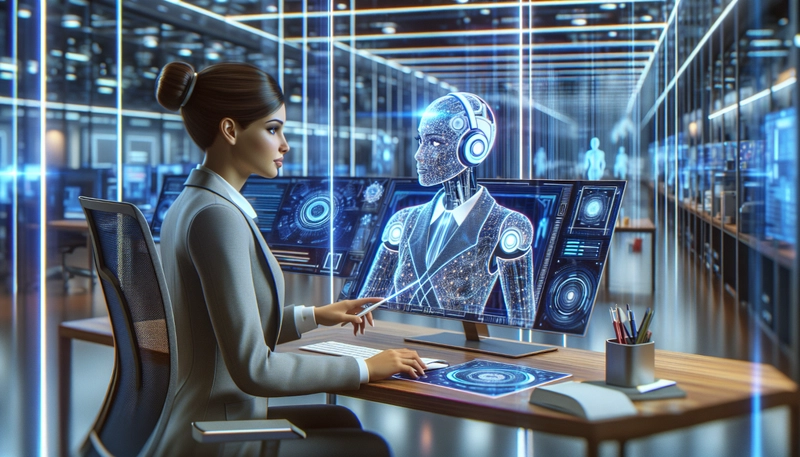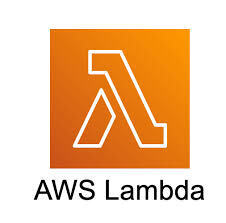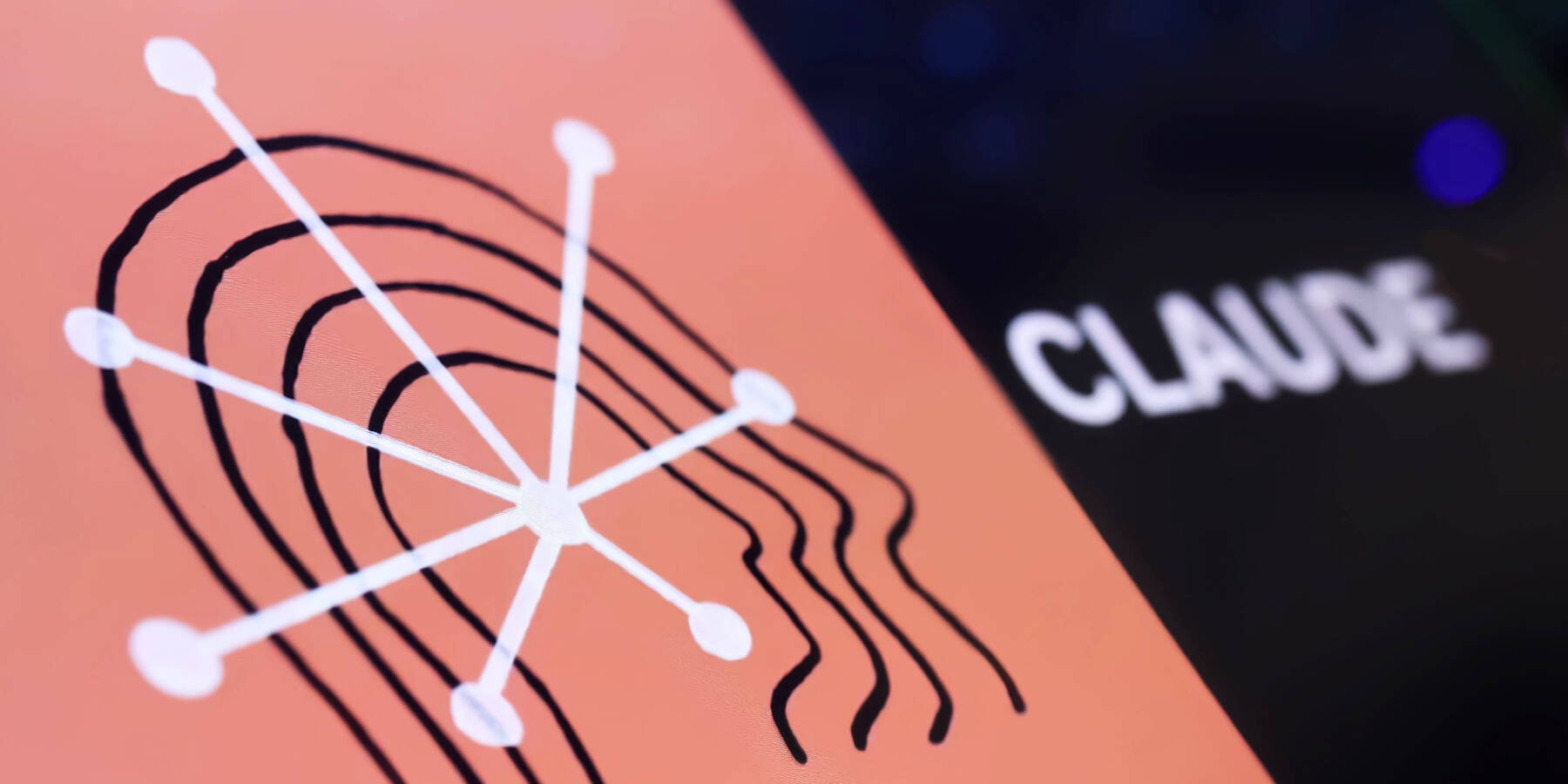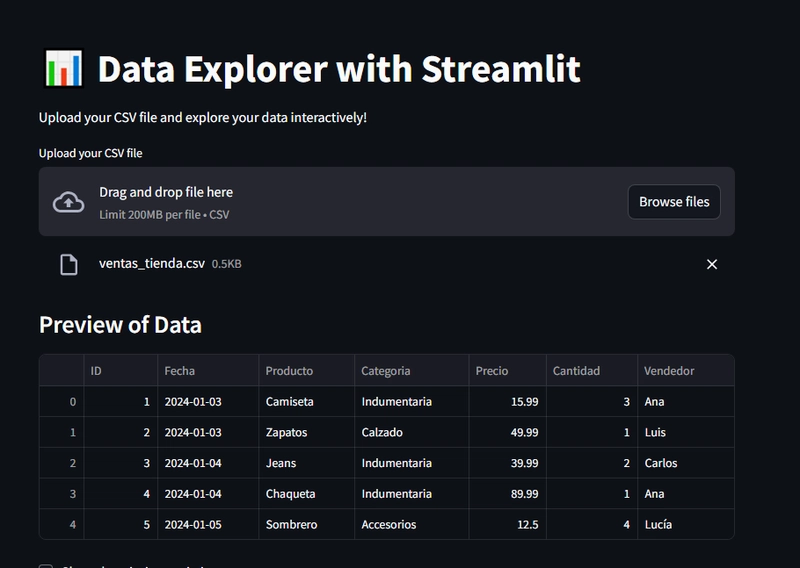Building Resilient Organizations with Multi-Agent Systems
Introduction In an era marked by constant disruption whether from rapid technological shifts, global pandemics, or supply chain volatility resilience has become a defining characteristic of successful organizations. The ability to adapt quickly, maintain continuity, and make real-time decisions is no longer a competitive edge but a survival necessity. Enter multi-agent systems: a powerful, decentralized approach to AI that leverages multiple intelligent agents working together to solve complex, dynamic problems. Unlike traditional automation systems, AI agent architectures involve collections of autonomous agents that perceive, reason, and act within their environments. These agents can represent distinct business functions, communicate with one another, and coordinate to achieve both local and global objectives. Increasingly, forward-thinking companies are turning to AI agent development companies to design and deploy such systems, enabling flexible, responsive operations in volatile business landscapes. This article explores how multi-agent systems are helping organizations become more resilient by enhancing adaptability, distributing intelligence, and enabling continuous learning. Understanding Multi-Agent Systems A multi-agent system (MAS) is a distributed AI framework composed of multiple autonomous agents. Each agent operates independently but shares information and collaborates with other agents when needed. In an organizational context, each agent might represent a business unit, function, or even a digital worker responsible for specific tasks. For example, in a supply chain scenario, separate agents might handle procurement, logistics, inventory control, and vendor management. Each agent monitors its own domain and makes decisions accordingly but coordinates with other agents to maintain efficiency across the entire supply chain. The key attributes of multi-agent systems include: Autonomy: Each agent can operate without human intervention. Social ability: Agents communicate and collaborate with others. Reactivity: Agents respond to environmental changes in real time. Proactiveness: Agents take initiative based on their goals. These characteristics make multi-agent systems ideal for complex environments that require adaptability, scalability, and fault tolerance. Enhancing Organizational Adaptability One of the main advantages of multi-agent systems is their ability to improve an organization’s adaptability. In traditional systems, a central controller often creates bottlenecks. If the central system fails or is overloaded, the entire operation is at risk. By contrast, in a MAS, decisions are distributed across multiple agents, allowing the system to continue functioning even if individual agents encounter problems. This decentralized decision-making model allows organizations to respond more quickly to internal disruptions or external changes. For example: If a warehouse experiences delays, a logistics agent can reroute deliveries dynamically. If customer demand surges unexpectedly, a production planning agent can adjust schedules on the fly. If a vendor fails to deliver on time, a procurement agent can immediately seek alternatives. Such real-time flexibility is invaluable in maintaining continuity and service quality during crises or market volatility. Distributed Intelligence and Risk Reduction Multi-agent systems provide another form of resilience through distributed intelligence. By spreading knowledge and decision-making across many agents, organizations reduce the risk of single points of failure. Each agent has access to a subset of data and uses its own logic to make decisions. When necessary, agents can consult others to gain more context or optimize decisions collaboratively. This approach mirrors how resilient human teams function. Each team member contributes specialized expertise but can shift roles or coordinate with others when circumstances demand it. Similarly, intelligent agents within a MAS can dynamically reallocate resources, reprioritize tasks, and support peers during high-load scenarios. An AI agent development company typically builds such systems with modularity in mind, ensuring that new agents can be added or removed without destabilizing the system. This makes MAS architectures highly scalable and future-proof. Application Across Industries Manufacturing and Supply Chain Manufacturing companies use multi-agent systems to manage production lines, coordinate logistics, and optimize resource allocation. Agents monitor machine performance, schedule maintenance, and adjust workflows to prevent bottlenecks. In the supply chain, agents handle procurement, shipping, warehousing, and demand forecasting. For instance, during the COVID-19 pandemic, some companies relied on MAS to dynamically reroute goods, prioritize shipments, and find alternative suppliers enabling continuity despite widespread disruptions. Finance and Insurance In finance, AI agents are used to det

Introduction
In an era marked by constant disruption whether from rapid technological shifts, global pandemics, or supply chain volatility resilience has become a defining characteristic of successful organizations. The ability to adapt quickly, maintain continuity, and make real-time decisions is no longer a competitive edge but a survival necessity. Enter multi-agent systems: a powerful, decentralized approach to AI that leverages multiple intelligent agents working together to solve complex, dynamic problems.
Unlike traditional automation systems, AI agent architectures involve collections of autonomous agents that perceive, reason, and act within their environments. These agents can represent distinct business functions, communicate with one another, and coordinate to achieve both local and global objectives. Increasingly, forward-thinking companies are turning to AI agent development companies to design and deploy such systems, enabling flexible, responsive operations in volatile business landscapes.
This article explores how multi-agent systems are helping organizations become more resilient by enhancing adaptability, distributing intelligence, and enabling continuous learning.
Understanding Multi-Agent Systems
A multi-agent system (MAS) is a distributed AI framework composed of multiple autonomous agents. Each agent operates independently but shares information and collaborates with other agents when needed. In an organizational context, each agent might represent a business unit, function, or even a digital worker responsible for specific tasks.
For example, in a supply chain scenario, separate agents might handle procurement, logistics, inventory control, and vendor management. Each agent monitors its own domain and makes decisions accordingly but coordinates with other agents to maintain efficiency across the entire supply chain.
The key attributes of multi-agent systems include:
Autonomy: Each agent can operate without human intervention.
Social ability: Agents communicate and collaborate with others.
Reactivity: Agents respond to environmental changes in real time.
Proactiveness: Agents take initiative based on their goals.
These characteristics make multi-agent systems ideal for complex environments that require adaptability, scalability, and fault tolerance.
Enhancing Organizational Adaptability
One of the main advantages of multi-agent systems is their ability to improve an organization’s adaptability. In traditional systems, a central controller often creates bottlenecks. If the central system fails or is overloaded, the entire operation is at risk. By contrast, in a MAS, decisions are distributed across multiple agents, allowing the system to continue functioning even if individual agents encounter problems.
This decentralized decision-making model allows organizations to respond more quickly to internal disruptions or external changes. For example:
If a warehouse experiences delays, a logistics agent can reroute deliveries dynamically.
If customer demand surges unexpectedly, a production planning agent can adjust schedules on the fly.
If a vendor fails to deliver on time, a procurement agent can immediately seek alternatives.
Such real-time flexibility is invaluable in maintaining continuity and service quality during crises or market volatility.
Distributed Intelligence and Risk Reduction
Multi-agent systems provide another form of resilience through distributed intelligence. By spreading knowledge and decision-making across many agents, organizations reduce the risk of single points of failure. Each agent has access to a subset of data and uses its own logic to make decisions. When necessary, agents can consult others to gain more context or optimize decisions collaboratively.
This approach mirrors how resilient human teams function. Each team member contributes specialized expertise but can shift roles or coordinate with others when circumstances demand it. Similarly, intelligent agents within a MAS can dynamically reallocate resources, reprioritize tasks, and support peers during high-load scenarios.
An AI agent development company typically builds such systems with modularity in mind, ensuring that new agents can be added or removed without destabilizing the system. This makes MAS architectures highly scalable and future-proof.
Application Across Industries
- Manufacturing and Supply Chain Manufacturing companies use multi-agent systems to manage production lines, coordinate logistics, and optimize resource allocation. Agents monitor machine performance, schedule maintenance, and adjust workflows to prevent bottlenecks. In the supply chain, agents handle procurement, shipping, warehousing, and demand forecasting. For instance, during the COVID-19 pandemic, some companies relied on MAS to dynamically reroute goods, prioritize shipments, and find alternative suppliers enabling continuity despite widespread disruptions.
- Finance and Insurance In finance, AI agents are used to detect fraud, manage portfolios, and ensure regulatory compliance. Multi-agent systems enable these activities to run in parallel, with one agent scanning for anomalies, another evaluating risk, and another executing trades. Insurance companies use MAS to streamline claims processing. An agent might assess damage, another validate policy details, and another recommend payout options—all without human intervention unless exceptions arise.
- Smart Cities and Infrastructure In smart city planning, MAS are used to manage utilities, traffic flow, emergency response, and public transportation. Each agent represents a subsystem—such as energy distribution or traffic lights—allowing real-time coordination and optimal use of public resources. This model enhances urban resilience by responding to accidents, congestion, or environmental threats dynamically, without relying solely on human operators.
- Healthcare Systems Hospitals and healthcare providers are beginning to implement MAS to manage patient care, staffing, and resource allocation. For example, one agent tracks patient admissions, another monitors ICU bed availability, and another schedules staff shifts. This collaboration ensures optimal use of limited resources, especially during crises such as a pandemic. How AI Agent Development Companies Enable MAS Creating a multi-agent system requires specialized knowledge in distributed computing, agent-based modeling, and AI system architecture. AI agent development companies play a critical role by designing robust agent frameworks, establishing secure communication protocols between agents, and integrating agents with enterprise systems. Some of the tools and frameworks these companies use include: LangChain and AutoGen for agent orchestration
SPADE, JADE, and MASS for agent architecture
OpenAI, Anthropic, or Gemini APIs for natural language processing
FastAPI, Kafka, and GraphQL for agent communication and data routing
By leveraging these platforms, AI agent development companies help organizations build scalable, resilient multi-agent systems tailored to their specific industry needs.
Challenges and Considerations
Despite their advantages, MAS are not without challenges. Designing effective coordination strategies between agents can be complex, especially in environments with conflicting objectives. There’s also the need to manage data consistency, security, and agent trustworthiness.
To address these concerns, organizations should:
Clearly define each agent’s role and communication protocol.
Employ robust testing and simulation environments.
Include fail-safe mechanisms and fallback behaviors.
Regularly audit agent behavior for compliance and bias.
With careful planning and expert guidance, these challenges can be mitigated, unlocking the full potential of multi-agent systems.
Conclusion
As businesses face increasingly unpredictable environments, resilience is no longer optional—it is foundational. Multi-agent systems offer a compelling model for building organizations that are adaptive, distributed, and intelligent by design. By deploying networks of autonomous AI agents that can collaborate, learn, and react in real time, companies are better equipped to navigate disruption and thrive in complexity.
Whether in supply chains, finance, smart cities, or healthcare, real-world applications of MAS are demonstrating measurable gains in efficiency, agility, and reliability. Partnering with a specialized AI agent development company enables organizations to harness these benefits quickly and effectively.
The path to a resilient future is not built on rigid, centralized systems but on flexible, intelligent agents that evolve with the world around them. With multi-agent systems, that future is already underway.






























![[Free Webinar] Guide to Securing Your Entire Identity Lifecycle Against AI-Powered Threats](https://blogger.googleusercontent.com/img/b/R29vZ2xl/AVvXsEjqbZf4bsDp6ei3fmQ8swm7GB5XoRrhZSFE7ZNhRLFO49KlmdgpIDCZWMSv7rydpEShIrNb9crnH5p6mFZbURzO5HC9I4RlzJazBBw5aHOTmI38sqiZIWPldRqut4bTgegipjOk5VgktVOwCKF_ncLeBX-pMTO_GMVMfbzZbf8eAj21V04y_NiOaSApGkM/s1600/webinar-play.jpg?#)





































































































































![[The AI Show Episode 145]: OpenAI Releases o3 and o4-mini, AI Is Causing “Quiet Layoffs,” Executive Order on Youth AI Education & GPT-4o’s Controversial Update](https://www.marketingaiinstitute.com/hubfs/ep%20145%20cover.png)














































































































































































































































































































































































![Google Home app fixes bug that repeatedly asked to ‘Set up Nest Cam features’ for Nest Hub Max [U]](https://i0.wp.com/9to5google.com/wp-content/uploads/sites/4/2022/08/youtube-premium-music-nest-hub-max.jpg?resize=1200%2C628&quality=82&strip=all&ssl=1)

























































![Epic Games Wins Major Victory as Apple is Ordered to Comply With App Store Anti-Steering Injunction [Updated]](https://images.macrumors.com/t/Z4nU2dRocDnr4NPvf-sGNedmPGA=/2250x/article-new/2022/01/iOS-App-Store-General-Feature-JoeBlue.jpg)



























































